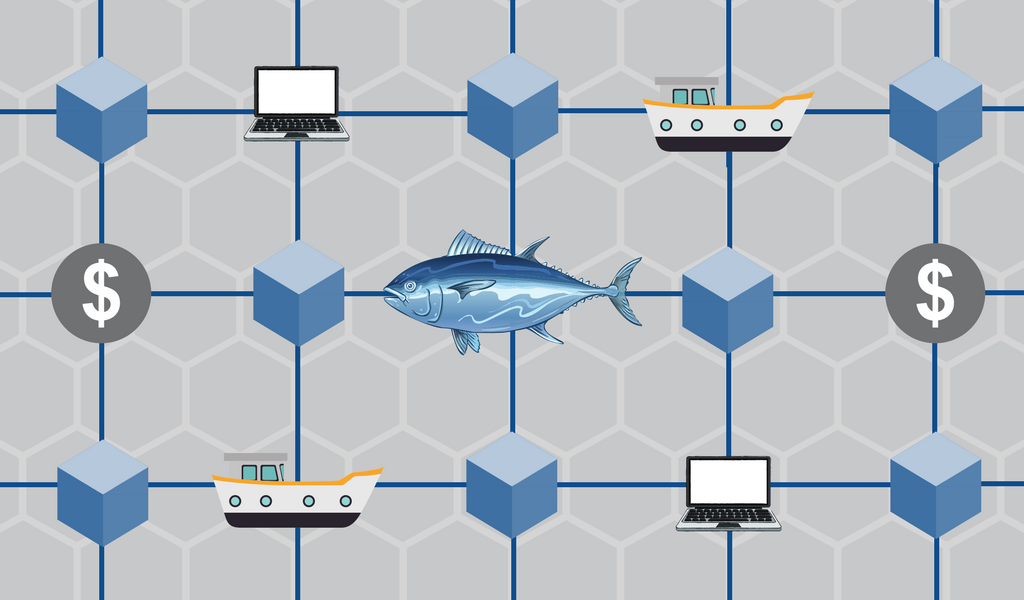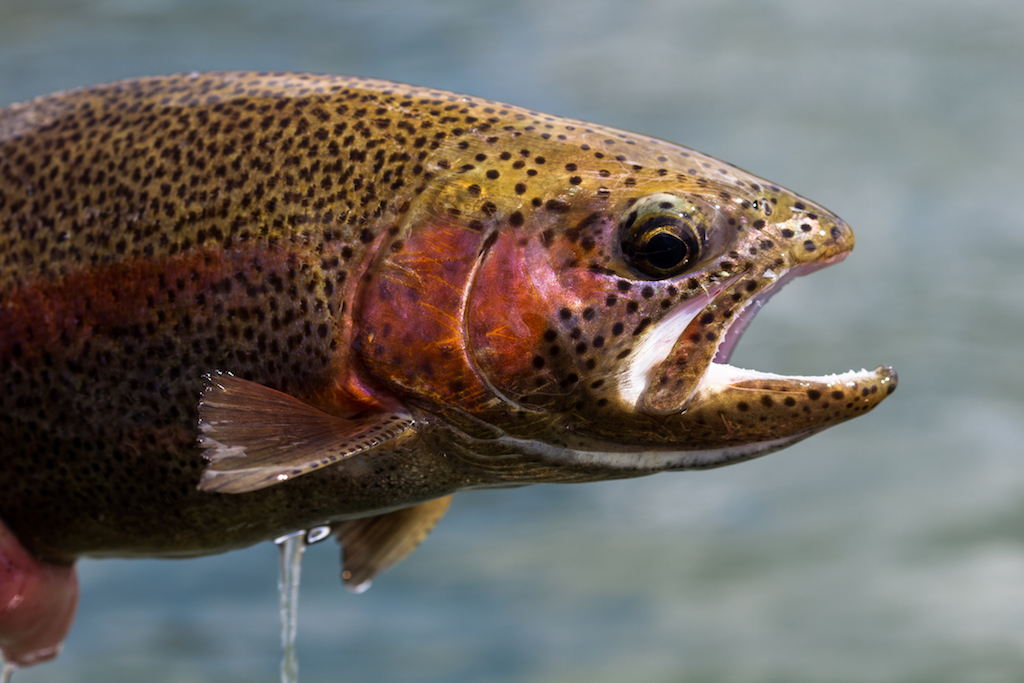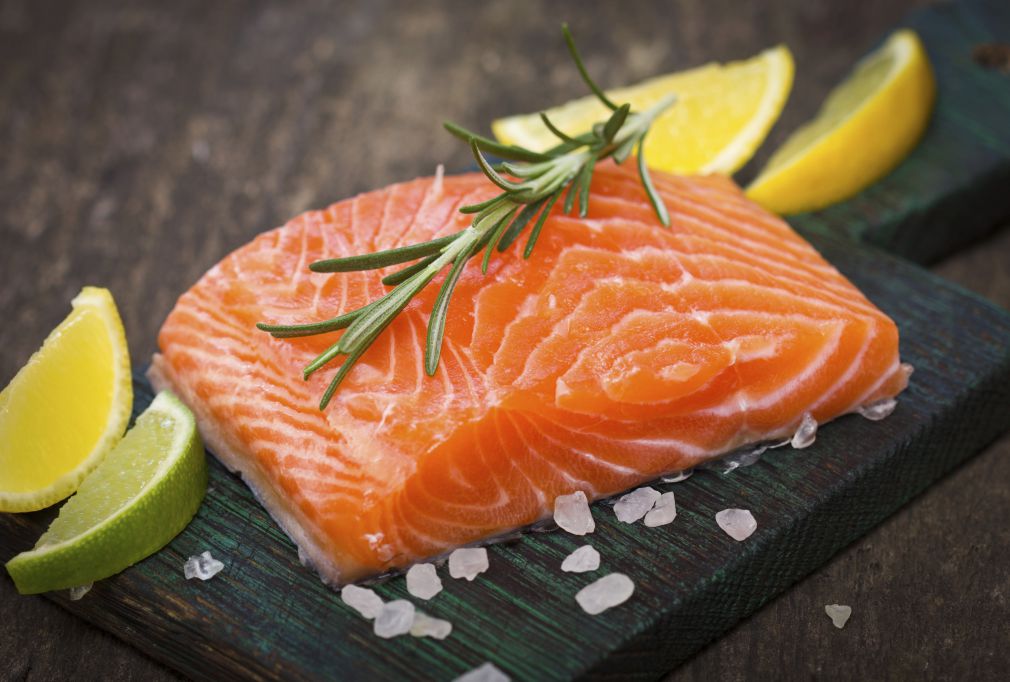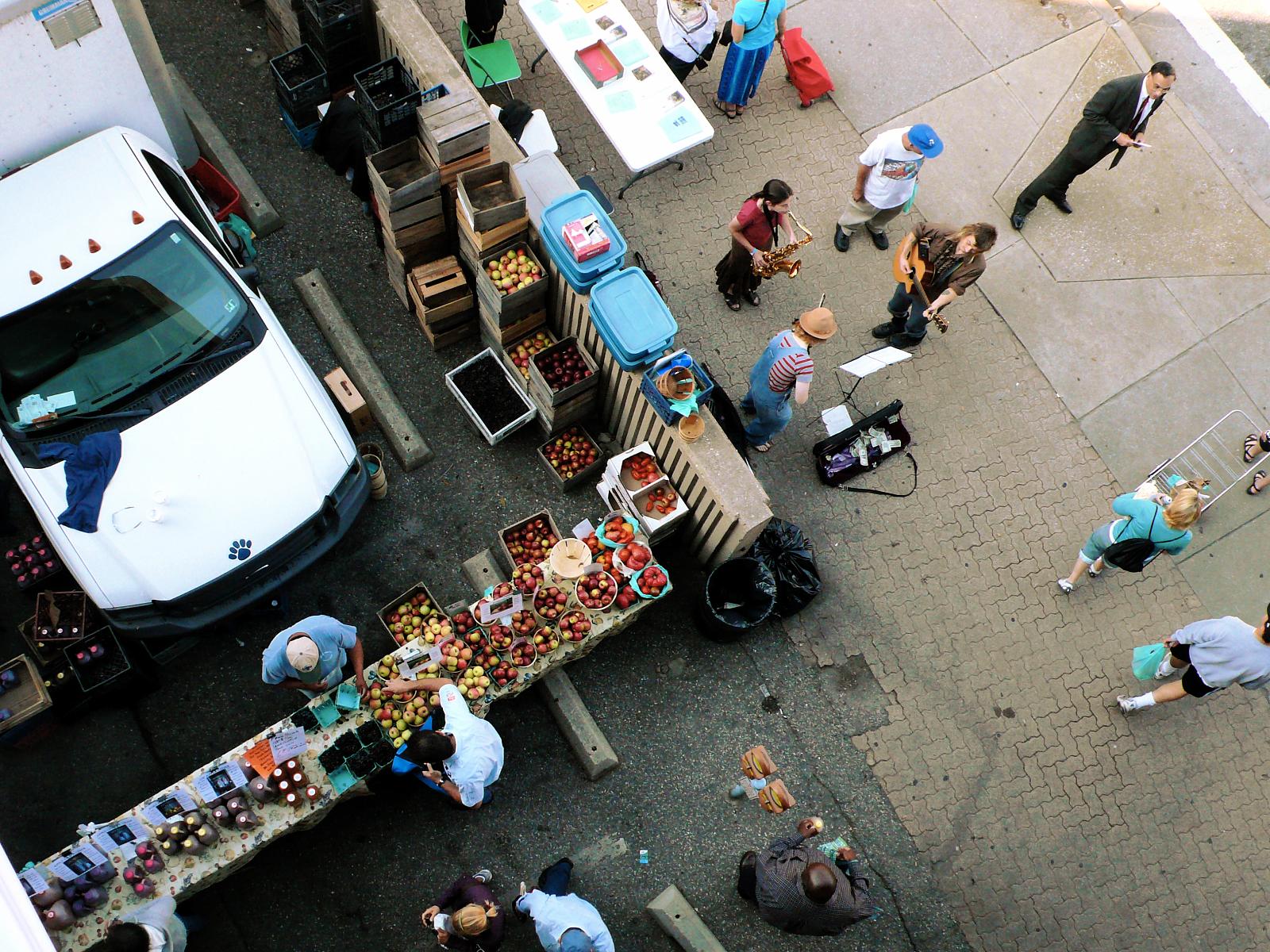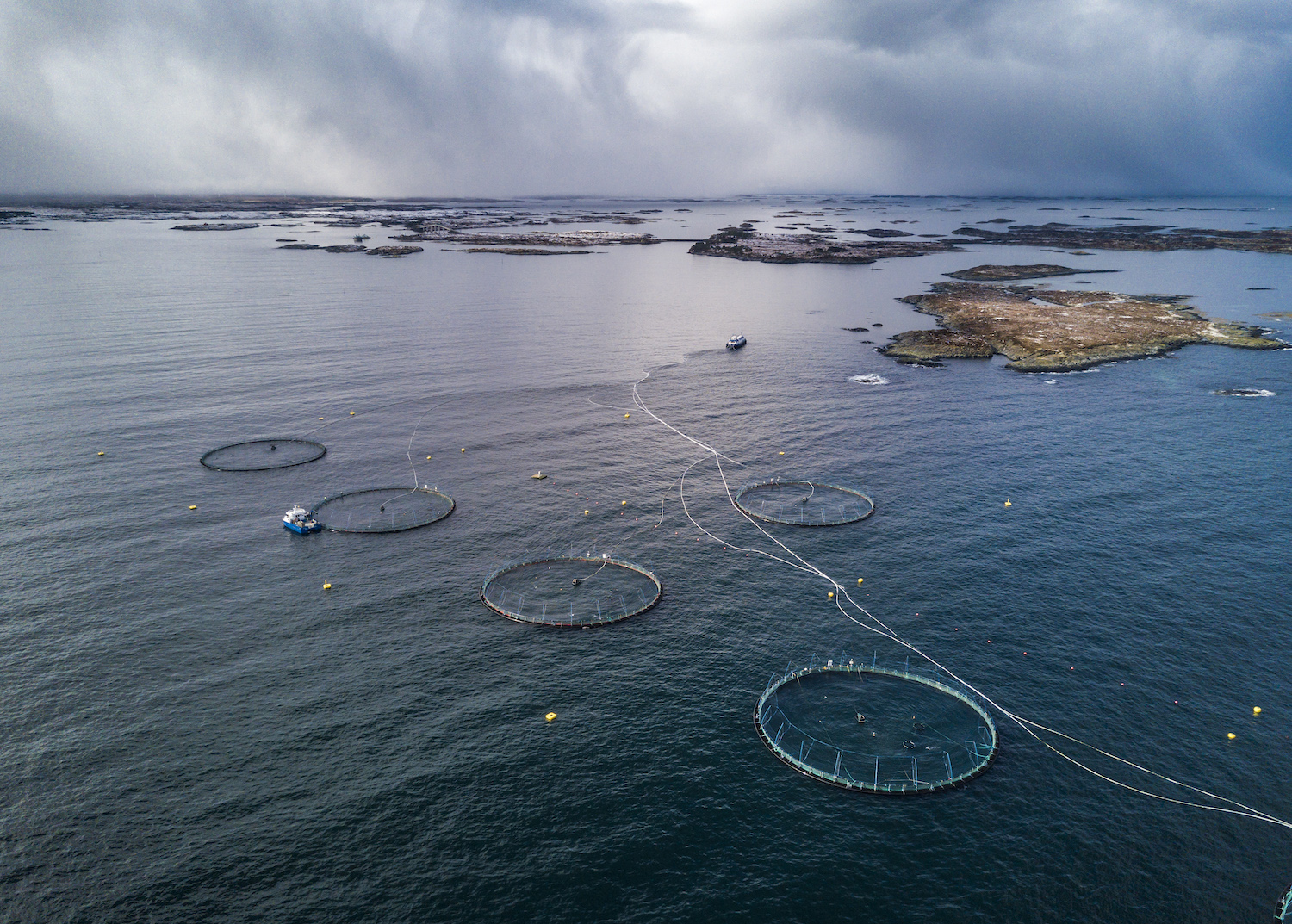
Veramaris
Anyone who works in aquaculture will tell you the same thing: Seafood has a sustainability problem. While it’s become common knowledge that there aren’t enough wild fish to feed our growing population, advocates of aquaculture—fish farming—have positioned their model as an ocean-friendly alternative. But the truth is more nuanced. Aquaculture operations still have a significant impact on wild fish stocks. That’s because farmed fish eat wild ones as a primary food source—which means they contribute to, rather than resolve, the problem of not enough fish in the sea.
The smaller, wild-caught species used as feed in aquaculture operations are commonly called forage fish, and can include anchovies, herring, and sardines. From forage fish, feed producers derive fish meal and fish oil, which are then fed to the farmed fish we eat. Forage fish may be small, but their impact isn’t—some estimates say that as many as 25 percent of wild-caught fish are used to create fishmeal, the majority of which feeds farmed fish in aquaculture operations.
The decline of forage fish has serious consequences for the rest of the ocean. Because forage fish are situated so low on the food chain, most other animals rely on them, both directly and indirectly, for energy. In 2015, sardine populations in the Northeast Pacific nosedived so sharply that the regional fisheries management imposed a moratorium on their harvest. The sardine decline had a ripple effect on the rest of the food web, leading to the malnourishment of species including sea lion pups, pelicans, and whales. The fishery remains closed to this day.
 Veramaris
Veramaris Salmon swimming at a Norwegian aquaculture farm
But forage fish are not so easy to replace. The oil derived from them provides farmed species with a much-needed type of fat. And as aquaculture continues to grow rapidly—5.8 percent per year between 2001 and 2016, according to the FAO’s most recent state of the fisheries report, making it the fastest-growing food production sector in the world during that period—the industry faces the prospect of an inconvenient supply chain bottleneck, not to mention a looming sustainability crisis.
“Fish oil is hard to replace [because] it’s high in long-chain omega-3 fatty acids, [which] many fish species in the marine environment have a dietary requirement for,” says Ronald B. Johnson, a scientist at the Northwest Fisheries Science Center, an arm of the National Oceanic and Atmospheric Administration (NOAA). Alternative feed ingredients in aquaculture is Johnson’s area of expertise.
You might have heard of these fats—they bear long names like docosahexaenoic acid (DHA) and eicosapentaenoic acid (EPA). You may even take them in a supplement form. That’s because we, like fish, don’t produce DHA and EPA on our own. Fish get their healthy oils from eating smaller forage fish, who get them from eating even smaller plant organisms in the water.
All this leads to a striking question, one that might help the aquaculture industry sidestep forage fish altogether. If forage fish get their omega-3 fatty acids by eating smaller organisms, why not cut out the middleman and go straight to the source?
In their efforts to develop such a product, manufacturers are making aquaculture greener in more ways than one: There’s also cash involved. One executive in the sector predicts that microalgae-based feed will not only reduce the ecological impacts of fish farming—it may also create a premium tier of farmed seafood that eaters would be willing to shell out extra money to consume. For that reason, too, the race—to replace the finite resources of the ocean with a commercially viable, scalable alternative—is on.
The development of microalgae-based fish food is rooted in—of all places—outer space. In the 1980s, the National Aeronautics and Space Administration (NASA) made a concerted push to develop technology that could sustain human life in space on a long-term basis, a conundrum that scientists grapple with to this day. To that end, NASA partnered with aeronautics company Martin Marietta Corporation to explore the potential uses of microalgae, the group of single-celled organisms found in salt- and freshwater. Because microalgae are photosynthetic, it can produce oxygen. And because microalgae are a natural source of omega-3 fatty acids for aquatic animals, researchers wanted to harness its nutrients for astronauts to consume in shuttles where space and refrigeration were limited.
 Veramaris
Veramaris A zoomed-in photo of Schizochytrium sp, a strain of microalgae
Scientists soon realized that microalgae’s benefits could also be used to benefit the health of humans on earth. In 1985, Martin Marietta created a separate company called Martek dedicated to creating microalgae-based ingredients. In 1994, it launched an additive, rich with omega-3 fatty acids, to be used in infant formulas. The product was a resounding financial success, though the Food and Drug Administration (FDA) notes that scientific research into the health benefits of these additives is limited, and the results are mixed. But that hasn’t stopped babies from consuming tons of omega-3 supplements. They’re a big business for adults, too.
Martek has since been acquired by multinational ingredient manufacturer DSM, which—in partnership with chemical giant Evonik—is currently gearing up to launch a commercially-available microalgae-based fish oil replacement by July of this year. Until now, the joint venture, which is called Veramaris, has focused on testing the product.
“By making this at an industrial scale, we’re able to reduce the price point such that now, this natural marine algae [oil] can enter into the animal’s feed sector,” says Karim Kurmaly, CEO of Veramaris.
Kurmaly declined to comment on how much Veramaris’s algae oil product would cost relative to fish oil, but he pointed out that the two would not be considered commensurate ingredients in the eyes of farmers.
“We do not compare our [product] to fish oil [because] ours is the premium product,” Kurmaly says. “We’re not here to replace fish oil—we’re here to provide a sustainable alternative.”
Veramaris, like other microalgae oil producers, claims that its product contains a higher concentration of omega-3’s than fish oil. However, none of the companies I spoke with provided data to support this claim by press time. Nonetheless, Kurmaly feels that the ecological benefits of algae-based oil will be attractive to eaters, and that they will be willing to pay a premium for them. Veramaris, he tells me, is gearing up to help farmers and retailers market microalgae-oil-raised seafood apart from traditional farmed fish.
 Veramaris
Veramaris Veramaris’s Nebraska facility, which is scheduled to be up-and-running by July of this year
But the real beauty of algae-based oil lies not in its revenue-generating potential—it’s in the simplicity of its production. Veramaris’s strain of microalgae is grown in fermentation tanks, where it is fed sugar derived from Nebraska corn. In turn, the algae produce omega-3 fatty acids. After the fermentation is complete, Veramaris processes the algae to extract its oils, and feeds the remaining biomass to cattle. The end result is a product that can help farmed fish survive and grow as well as fish oil can, according to a Dartmouth study published in Plos One last year. The fact that the entire operation is neatly bookended by two of Nebraska’s biggest agricultural industries, corn and beef, makes it seem like something of a food production fairytale.
But Veramaris is not alone in its algal dreams. Corbion, a Dutch ingredient manufacturer, is already producing a microalgae oil-based product that’s commercially available to fish farmers. In fact, you may have already even eaten salmon raised on it.
The product, called AlgaPrime DHA, is produced in a Brazil-based facility that coexists in surprising harmony with the country’s sugarcane industry. Sugarcane is to Brazil what corn is to Nebraska, so Corbion uses sugar sourced from a nearby mill to feed its microalgae organisms—a fermentation process that otherwise mirrors the one at Veramaris’s plant. Sugar coaxes the microalgae into producing omega-3 fatty acids, which are then extracted and used to make fish feed. Meanwhile, Corbion burns the leftover biomass from sugar cane processing to generate electricity that powers both the AlgaPrime DHA factory and the sugar mill.
 Corbion
Corbion Corbion’s microalgae oil production facilities in Brazil
“Algae-based omega-3’s have actually been around for quite some time,” Jill Kauffman Johnson, Corbion’s head of global market development, tells me, referring to the various omega-3 fatty acid supplements already on the market. “The game changer here is that now we have enough volume and enough scale that we can provide this for the aquaculture industry.”
This game change is already rippling through the supply chain. One major seafood feed manufacturer has incorporated AlgaPrime DHA into some of its products, which are now commercially available to fish farms. One of those farms is a Norwegian aquaculture business called Kvaroy.
Kvaroy has been feeding AlgaPrime DHA to its farmed salmon since 2016. Due to cost constraints, it hasn’t completely replaced all of its fish ingredients. However, using algae oil in lieu of fish oil has helped Kvaroy to lower its “fish-in to fish-out ratio”—a standard that compares the amount of wild fish needed to produce a given amount of farmed fish, general manager at Kvaroy Alf-Gøran Knutsen tells me. Kvaroy’s farmed fish is sold at retailers in the United States, most notably at Whole Foods.
“This is a novel ingredient,” Johnson said. “But it’s actually on its way to becoming another tool in the toolbox.”
In one sense, none of this is new. Humans have relied on aquaculture for sustenance for thousands of years. Chinese people raised and harvested carp from ponds. Egyptians farmed tilapia. Romans kept fish in tanks, though it’s unclear whether they did it for dinner or for flexing purposes.
In a 1987 paper for BioScience, professor of marine science Barry A. Costa-Pierce described how Native Hawaiians maintained elaborate aquaculture systems along their coastlines to catch both freshwater and saltwater species. One of the earliest documented instances of fish farming in the open ocean, these systems bear striking resemblances to modern aquaculture operations. In some cases, farmers would nurture the fish in their ponds by feeding them organisms like grass, mussels, and, yep, algae.
 Veramaris
Veramaris Birds’-eye view of a Norwegian aquaculture farm
Modern efforts to feed aquatic plants to farmed seafood, thus, are not without historical precedent. In fact, whether or not industrially produced microalgae can replace fish oil is no longer a question. Going forward, the industry will primarily focus on fine-tuning feed recipes in a way that balances the nutritional needs of both farmed fish and human eaters.
In the grand scheme of things, microalgae oil is just one way that the aquaculture industry is grappling with its limitations. Across the country, researchers are simultaneously exploring a host of other approaches. Ron B. Johnson, the NOAA scientist, is studying how seaweed may replace fish oil next. Agricultural conglomerate Cargill is developing a genetically engineered kind of canola that it hopes will do the same. One startup even thinks that fat produced from cell-cultured poultry can do the job. Rather than an end point, microalgae represents just the beginning of a sea change in the way that fish are farmed—one that relies less and less on the resources of wild nature.



